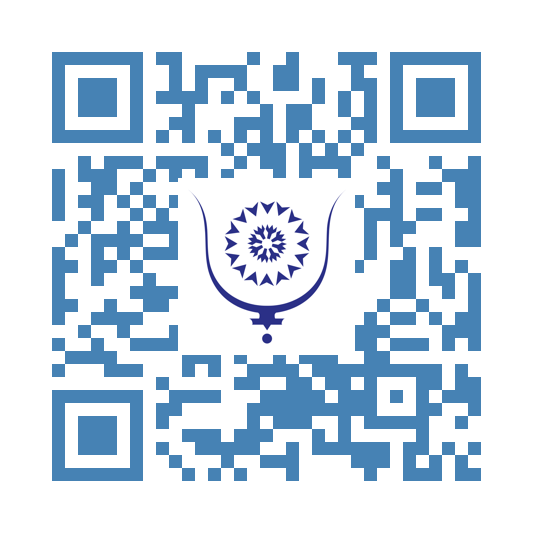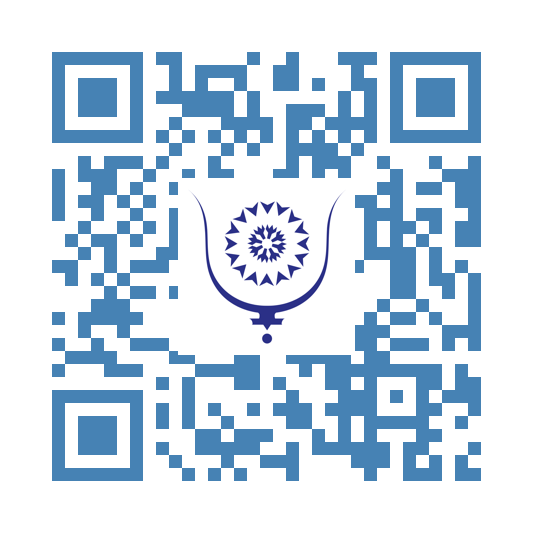"Mbappé in Madrid, Hakimi in Paris: A Tale of Two Paths" 6353
He was meant to be the ultimate Galáctico of the second quarter of the 21st century—the new chosen one of the Bernabéu and its demanding, football-savvy crowd. Long hailed as the jewel of French football, everything pointed to, and even made us believe, that he was destined to leave a lasting mark on Real Madrid’s history—perhaps even surpassing Zidane, the other legendary Frenchman to wear white. But football has a logic of its own, one that remains impenetrable to us mere mortals. And we’ve just been reminded of that, as not even Florentino Pérez the mythical president with a fabulous track record seems able to escape it.
Barely arrived, Kylian Mbappé is already disappointing. A thousand and one excuses will be made for his early struggles. But it’s getting harder and harder to find new ones. His adaptation is sluggish, his play sterile. He seems lost on the pitch. His teammates can’t seem to connect with him. A team that, just a season ago, was steamrolling opponents now looks disjointed on the same pitch, suddenly unfamiliar.
The effectiveness of the squad—with Mbappé as the only new addition, has evaporated. Quietly, but increasingly openly, the Madrid locker room is beginning to ask questions.
Then came the slap in the face, twice delivered by Arsenal. The team was lifeless, their rhythm gone, goals pouring in from all sides. Real Madrid’s legendary efficiency has turned into a mirage. Did they bet on the wrong man?
The long-running Mbappé saga finally concluded with a fanfare in 2024. The fans expected a new Cristiano Ronaldo. What they’re discovering is a player lacking inspiration, who doesn’t fit into the team’s collective structure, incapable of making the difference, and throwing off his teammates’ rhythm. He’s scored a few goals, but without brilliance or leadership. The weight of the merengue jersey seems too heavy for the once-wonderkid from Bondy. What remains is disillusionment and heartbreak.
Real Madrid was brought to its knees in the Champions League. And it stings. Talk is growing about the president’s obsession with Mbappé, a fixation that finally came to fruition, but to what end? Pérez and his golden boy are now on the hot seat. And if Real finishes the season empty-handed, the consequences could be dire. The risk is real. Even Ancelotti doesn’t seem to believe in his team anymore. At the end of the match against Arsenal, his expression betrayed him. He wants out, probably sooner than we think. The crisis at Real is here, and as always in such cases, the coach is the first to go. The weakest link in the chain.
Mbappé at Real is unremarkable. He tends to drop too deep, lacks chemistry with the team, and his body language says it all: less sharp, less committed, almost withdrawn. Vinícius and Bellingham, dragged down, have lost their spark. They’ve become ordinary, the rest of the team unremarkable.
The heated argument and near-physical altercation between Mbappé and Vinícius in the tunnel speaks volumes about the tension and frustration inside the club.
Has Mbappé been a curse on this team?
Meanwhile, in Paris, his friend Achraf Hakimi by first name, the one Real let go has become the true leader of PSG. And PSG without Mbappé looks better than ever, even making it to the semifinals against another English team, no less.
The irony is thick.
It is in Paris that the counter-example shines the brightest. Achraf Hakimi, long relegated to the media background during the Mbappé era at PSG, has emerged this season as the true leader of the Parisian club. Defensively solid, offensively decisive, the Moroccan fullback is delivering top-class performances one after another. Scoring, assisting, orchestrating from the right flank, Hakimi is carrying a rebuilding PSG—with love, commitment, solidarity, selflessness, and ruthless efficiency.
His stats speak for themselves: a record number of interceptions, crucial goals in the Champions League. His consistency commands respect. The captain’s armband is well-earned.
More than anything, it’s his mental and tactical impact that stands out: Hakimi is no longer just a modern fullback; he’s become the cornerstone of PSG’s project. Is this the revenge of a man who was perhaps underestimated when he shared the same flank with Mbappé?
Arriving at PSG with the reputation of a “Real Madrid academy product” after a stint in Germany, Hakimi now seems to remind the Bernabéu of the strategic mistake they made letting him go. Madrid sought the glitter of Mbappé but perhaps what they truly lacked was the solidity and loyalty of Achraf Hakimi.
Modern football’s irony sometimes boils down to a single name, mispronounced at just the right time. While Kylian Mbappé had been hailed as the savior of Real Madrid after years of buildup, it is Achraf Hakimi, who stayed in Paris, who now stands out as one of Europe’s most influential players. Two opposite trajectories, two readings of the same summer of 2024, and perhaps an analytical error that may prove hard to correct.
Mbappé chose the prestige of Madrid. He probably believed he could lift the European trophy more easily with the club that’s won it the most. He was likely tired of PSG’s repeated failures. Hakimi, on the other hand, chose continuity, stability, and a playing project that fully embraced him. Today, the stats and performances seem to vindicate the Moroccan. His influence goes beyond the pitch: he’s become a technical and mental leader, respected by the locker room, trusted by the coach, and adored by the fans.
And what if it’s Hakimi who ends up lifting the trophy in 2025, with the very PSG that Mbappé once left with apparent disdain? For that to happen, Hakimi will need to shine again, this time against another English club, the same type that humiliated Mbappé, Ancelotti, Pérez, and all of Madrid.
While Paris celebrates, in Madrid, doubt is creeping in. Did they pay too much for a player whose game depends almost entirely on individual bursts of brilliance? And above all, how do you make multiple stars of similar stature coexist without eroding the cohesion of a group that used to be united and solid?
It would still be premature to write off Mbappé and his Spanish adventure—his raw talent remains undeniable. But this rough beginning raises an important question: what if the future of football no longer lies in glitz and glamour, but in game intelligence, versatility, and collective discipline?
If that’s the case, Achraf Hakimi may already be one of its most complete symbols.




